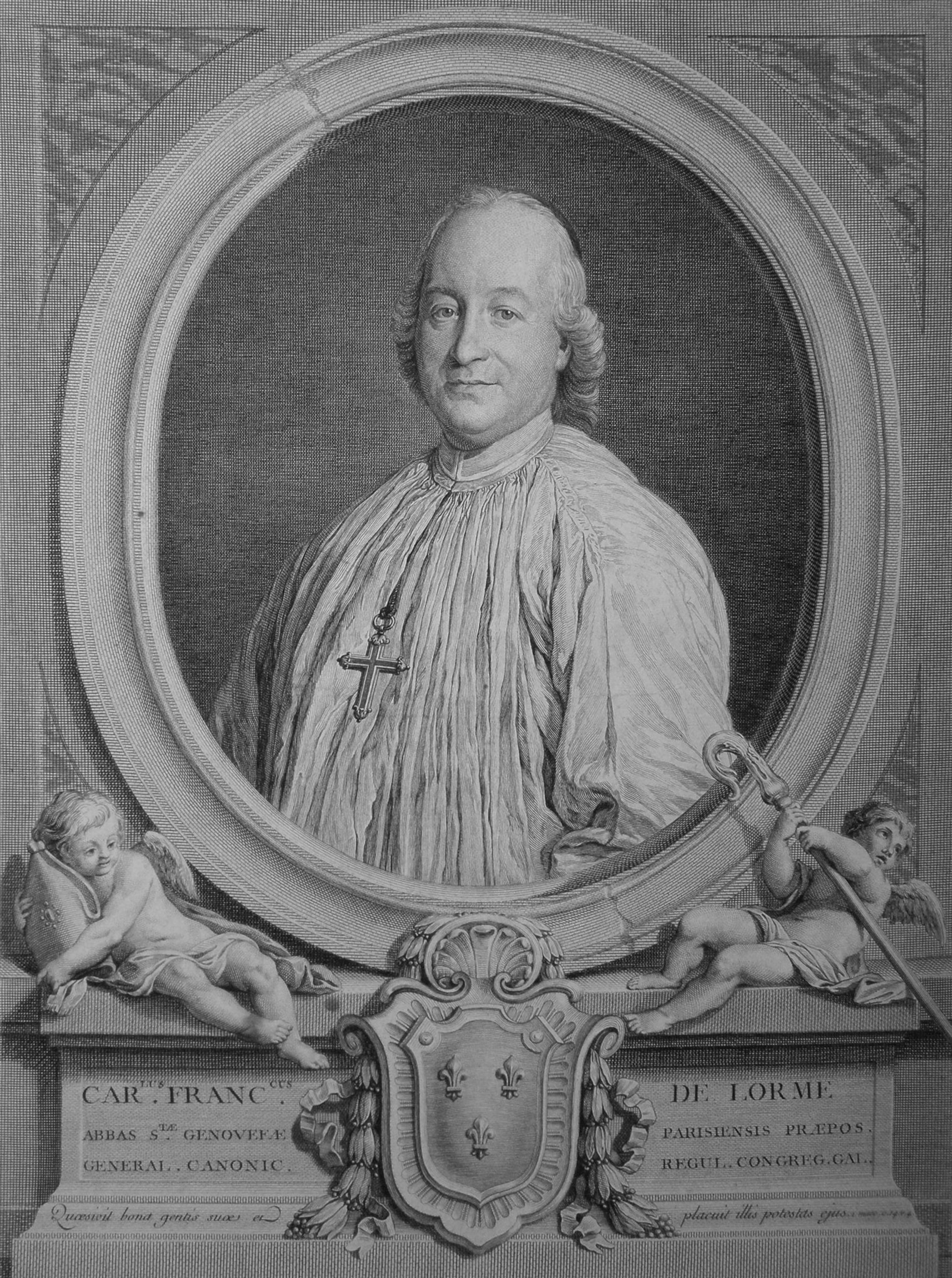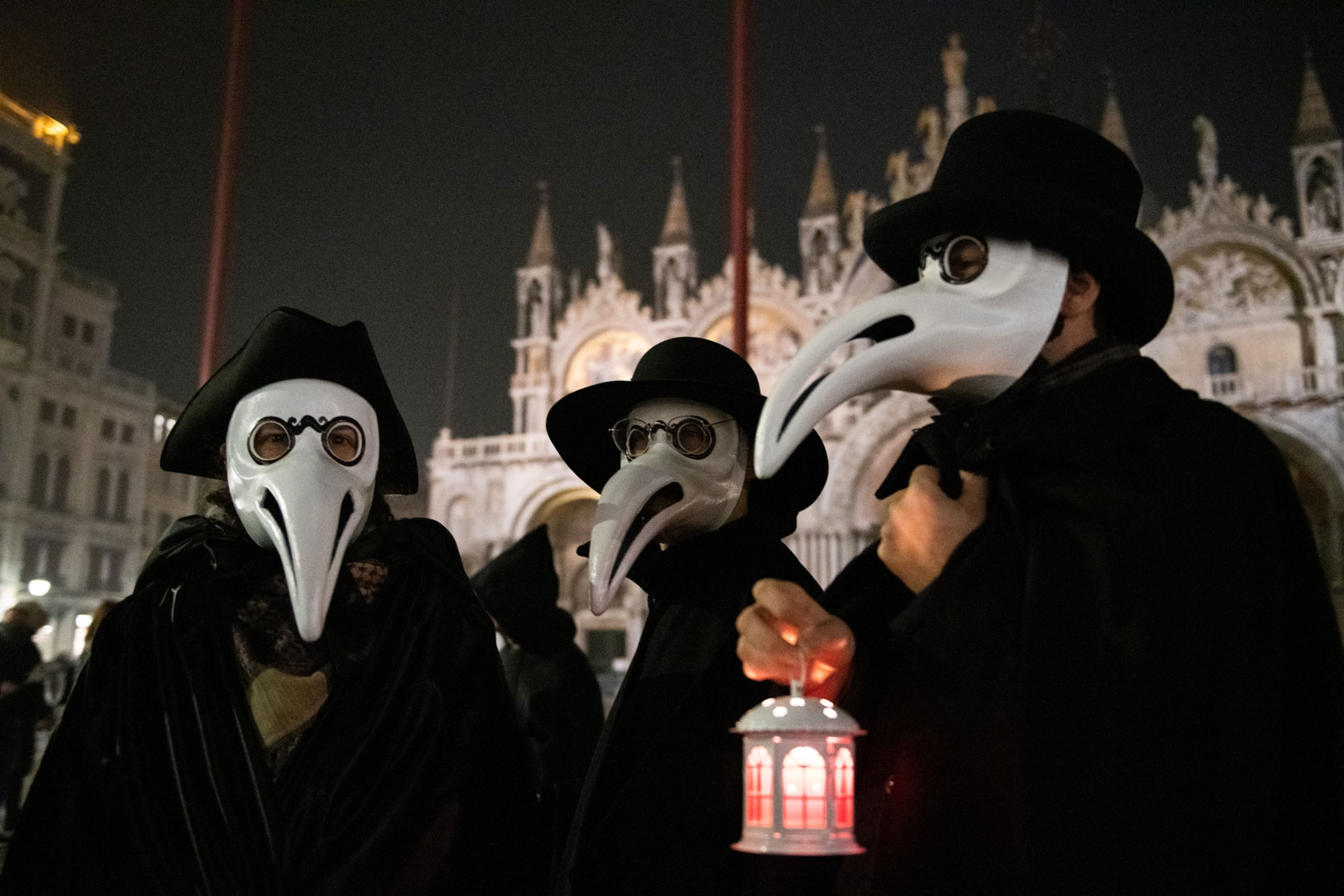The Plague Doctor Mask, with its distinctive bird-like beak, is one of history’s most recognizable and unsettling symbols. Often associated with the grim realities of pandemics, this mask was not merely a macabre fashion statement but a component of a protective suit designed during times of plague outbreaks. While its effectiveness is debated by modern standards, understanding its origins and purpose offers a fascinating glimpse into 17th-century medical beliefs and practices.
 Charles de Lorme
Charles de Lorme
The design of the plague doctor’s uniform is frequently attributed to Charles de Lorme, a prominent physician who served numerous European royal families in the 1600s, including French King Louis XIII and Gaston d’Orléans. De Lorme conceived of a full-body ensemble intended to shield doctors from the diseases they confronted. His description detailed a long coat coated in fragrant wax, breeches that connected to boots, a shirt tucked underneath, and gloves and a hat crafted from goat leather. To further aid their grim duties, plague doctors also carried a rod, used for examining patients without direct contact or to fend off desperate individuals.
However, it was the headgear that truly defined the plague doctor’s image. De Lorme specified spectacles and, most notably, a mask featuring a beak “half a foot long, shaped like a beak, filled with perfume.” This beak mask had only small openings near the nostrils for breathing, designed to allow air to be filtered through the aromatic herbs packed within. This design was based on the prevailing medical theory of the time.
 three people wearing plague doctor masks
three people wearing plague doctor masks
Although variations of plague doctor attire appeared across Europe, the Italian interpretation of the costume became particularly iconic. The “plague doctor” mask and garb became a recurring figure in Italian commedia dell’arte and the vibrant Carnival celebrations. Even today, the plague doctor remains a popular and striking costume choice, demonstrating the enduring cultural impact of this historical figure. This lasting image underscores how deeply the visual of the plague doctor mask has been embedded in popular culture, long after its original purpose faded.
The complete plague doctor outfit wasn’t simply a theatrical display. It was conceived as vital protection against miasma, or “bad air.” Before the acceptance of germ theory, it was widely believed that diseases like the plague spread through these noxious vapors, disrupting the body’s balance of humors. Fragrant and strong-smelling substances were thought to purify the air, offering a defense against disease. Consequently, perfumes, incense, and sweet-smelling posies were commonplace attempts to combat the perceived threat of miasma.
Plague doctor masks were filled with theriac, a complex concoction of over 55 herbs and other ingredients, including viper flesh powder, cinnamon, myrrh, and honey. Charles de Lorme reasoned that the beak shape of the mask would provide sufficient time for inhaled air to be infused with the protective properties of these herbs before reaching the doctor’s respiratory system. This beak mask, therefore, represented a tangible attempt to apply the best available medical understanding to protect caregivers during devastating epidemics.
